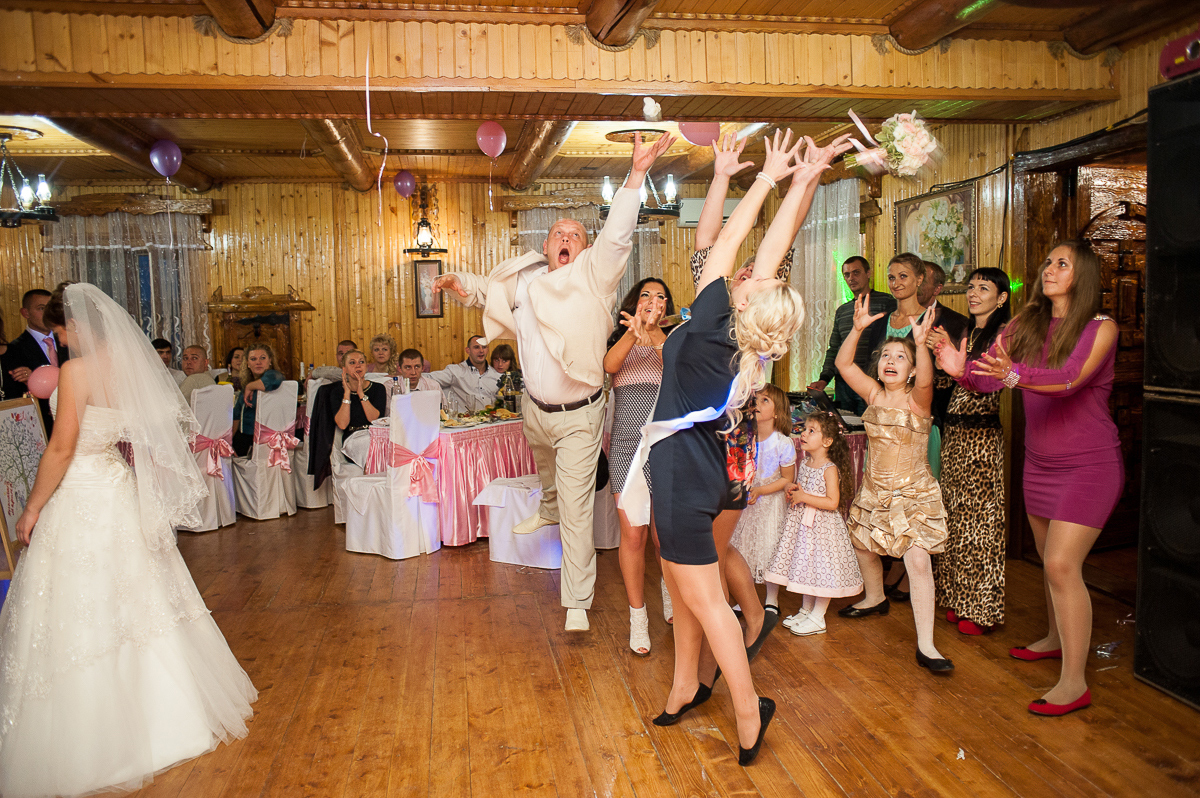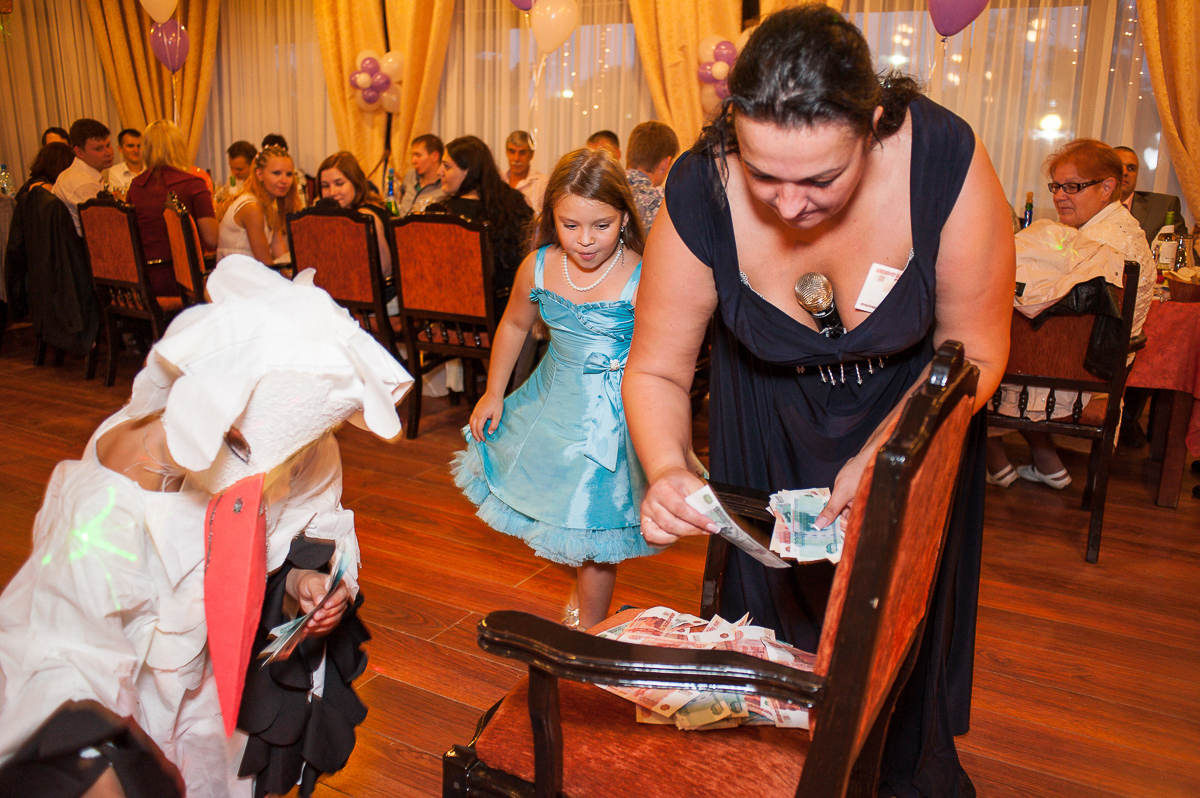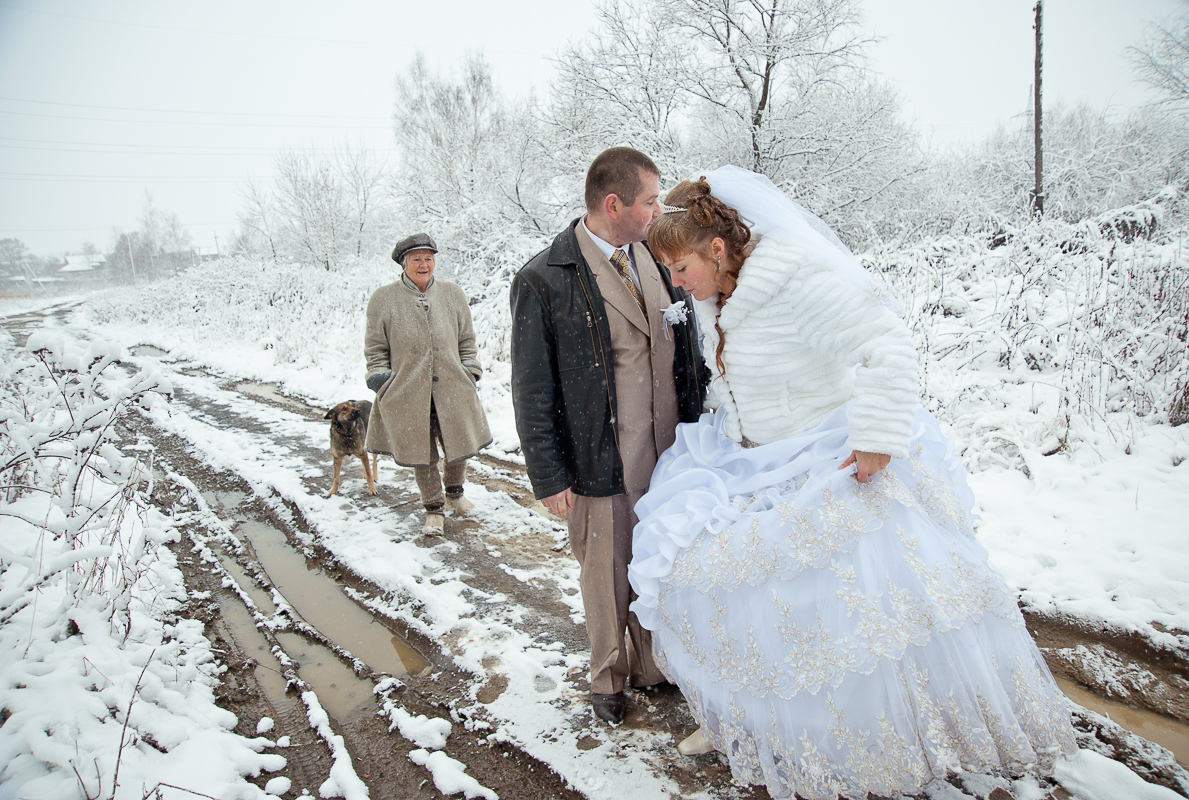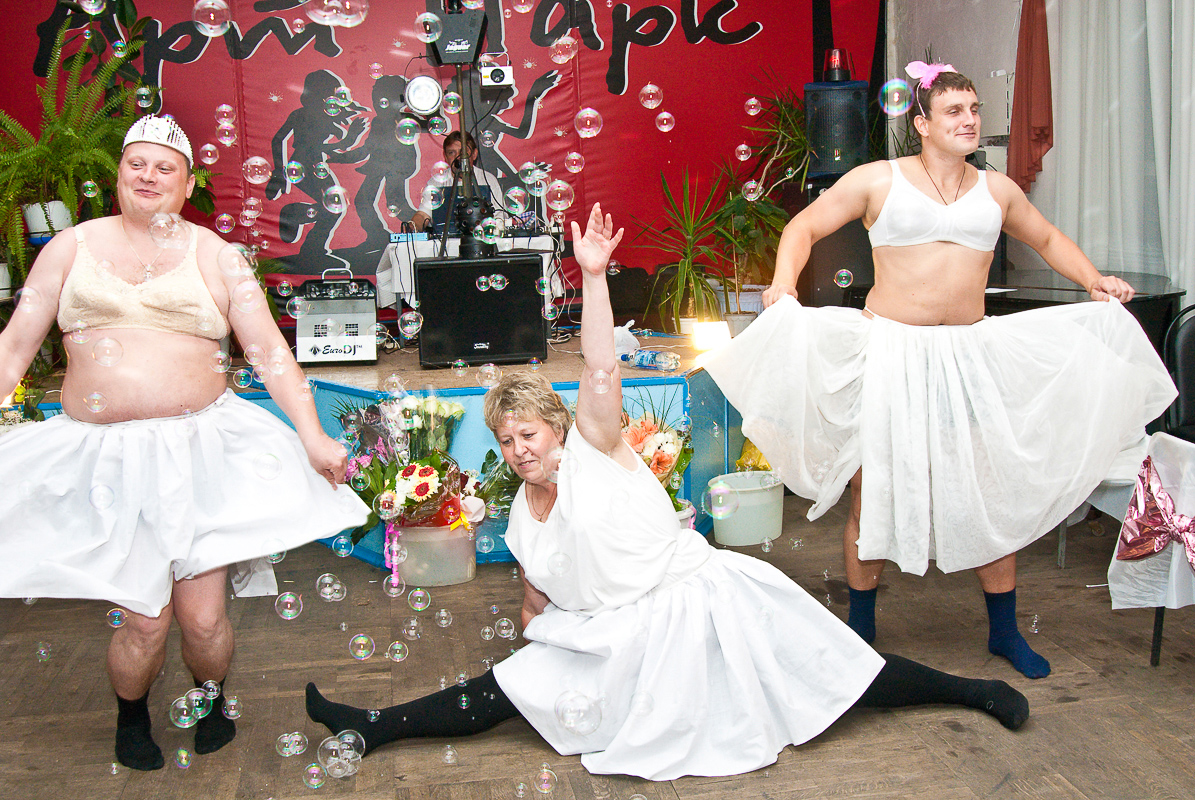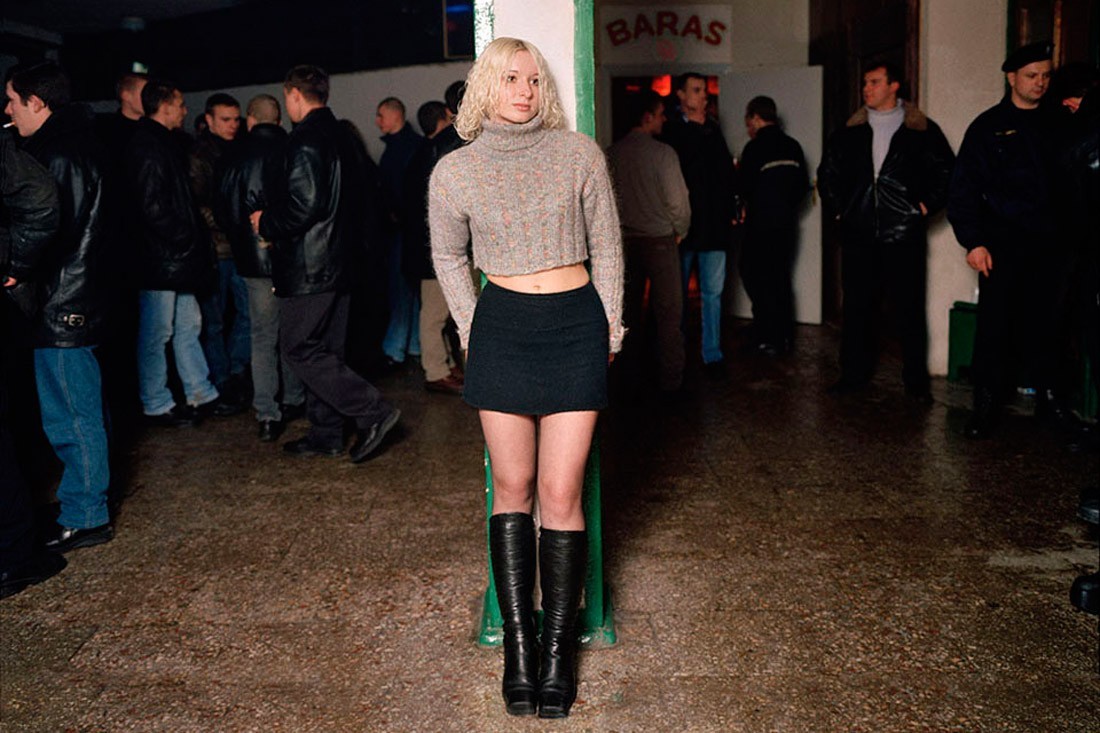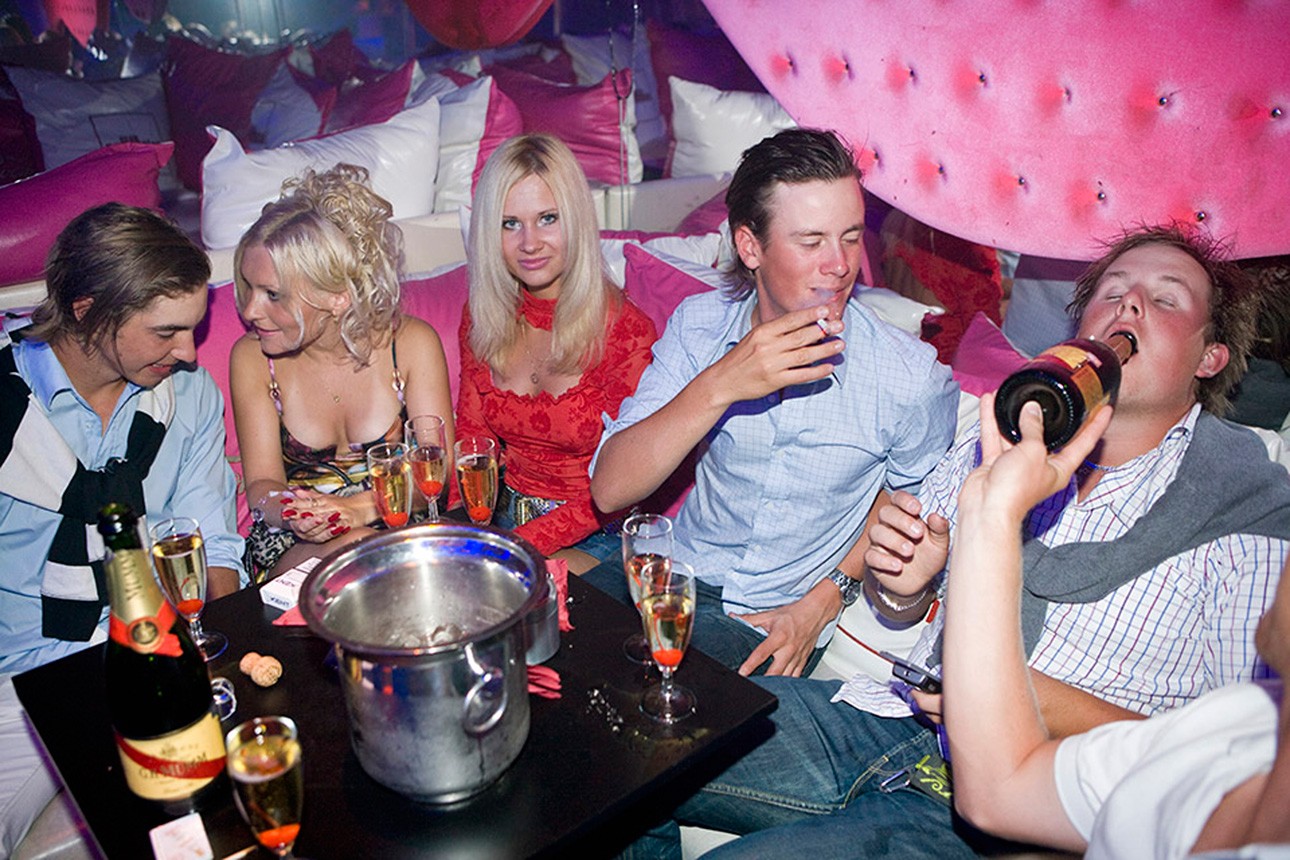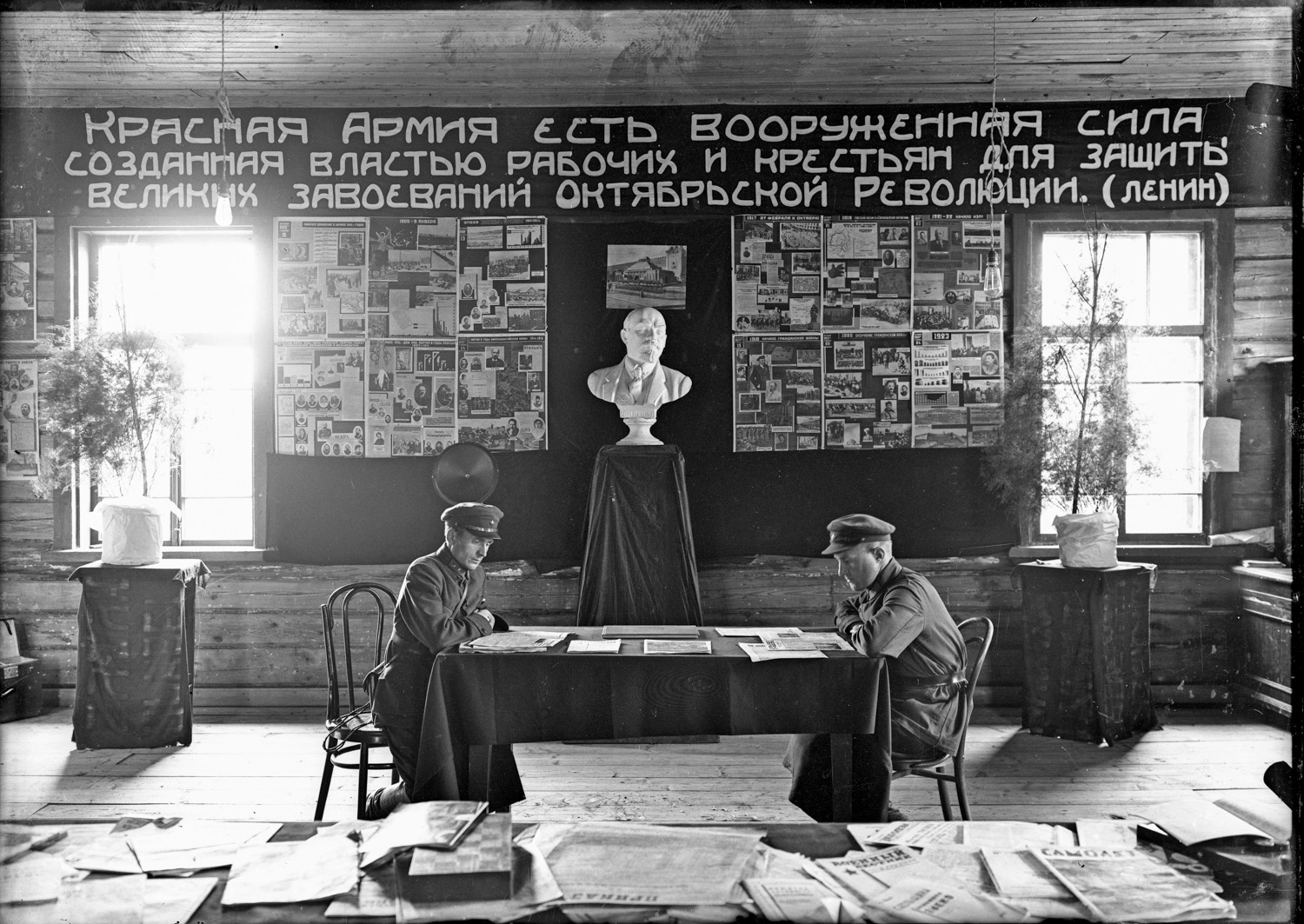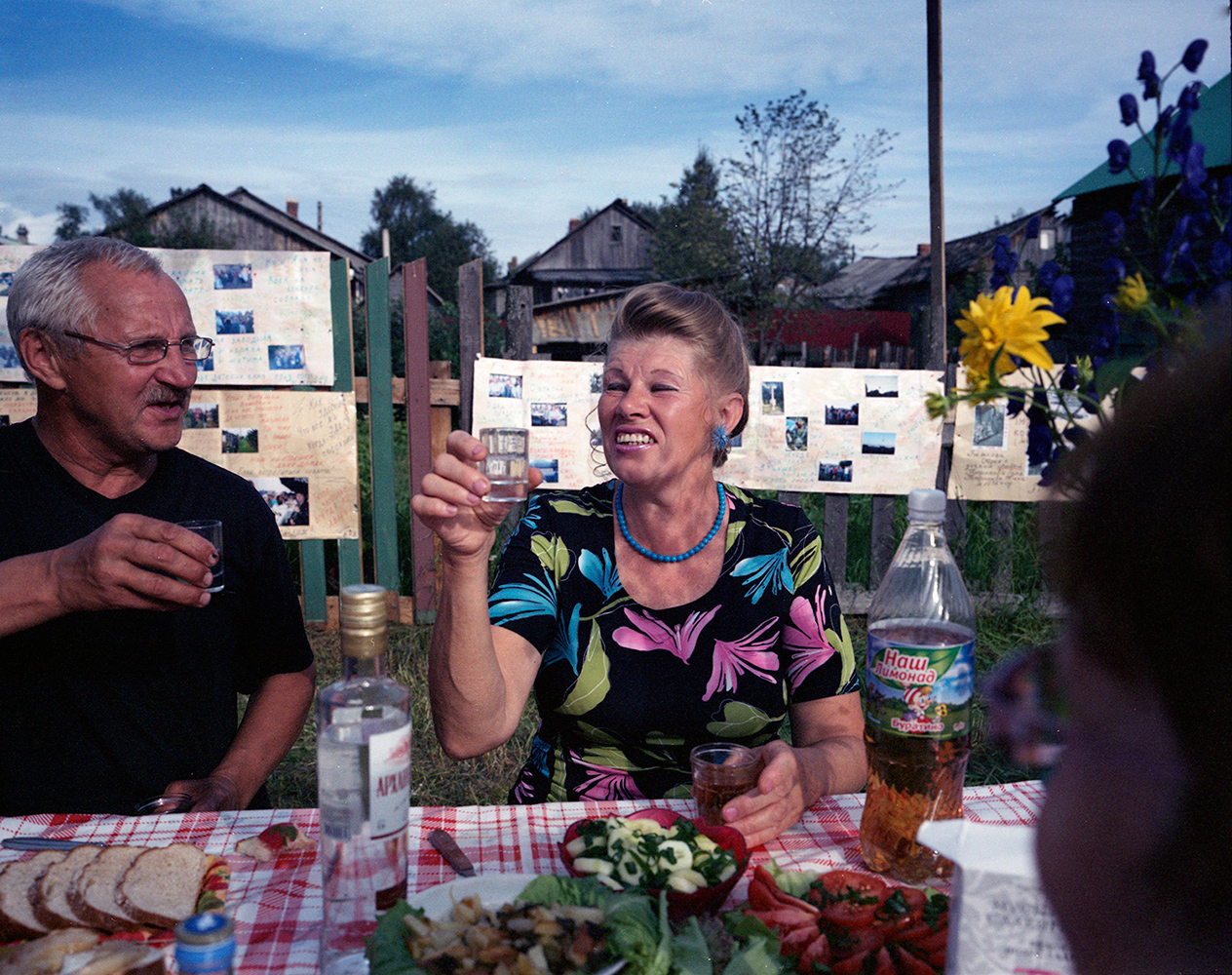
Russian Weddings: There Is Something Inexplicably Touching About Them

Russian media artist and photographer. Works and lives in Elektrougli and Moscow. Studied psychology, later became a student at the Free Workshops contemporary arts school at the Moscow Museum of Modern Art. Exhibited his work in a number of galleries in Russia. Received Innovation award for modern art and Sergey Kuryokhin award.
Roman Mokrov started taking photographs at weddings in 2007, and since then he photographed over 500 of them. However, Mokrov does not define himself as a wedding photographer, rather as an artist whose medium is photography. He started with doing wedding photography to earn money, but soon it also started providing him material for his art project.
“At first, I photographed weddings without thinking about myself as a media artist,” Mokrov tells Bird In Flight. “With time I realized that it pieces together in a comprehensive story that needs to be told. But then I encountered another difficulty: I did not understand which form to give to this project and how to present it to people at the end of the day.”
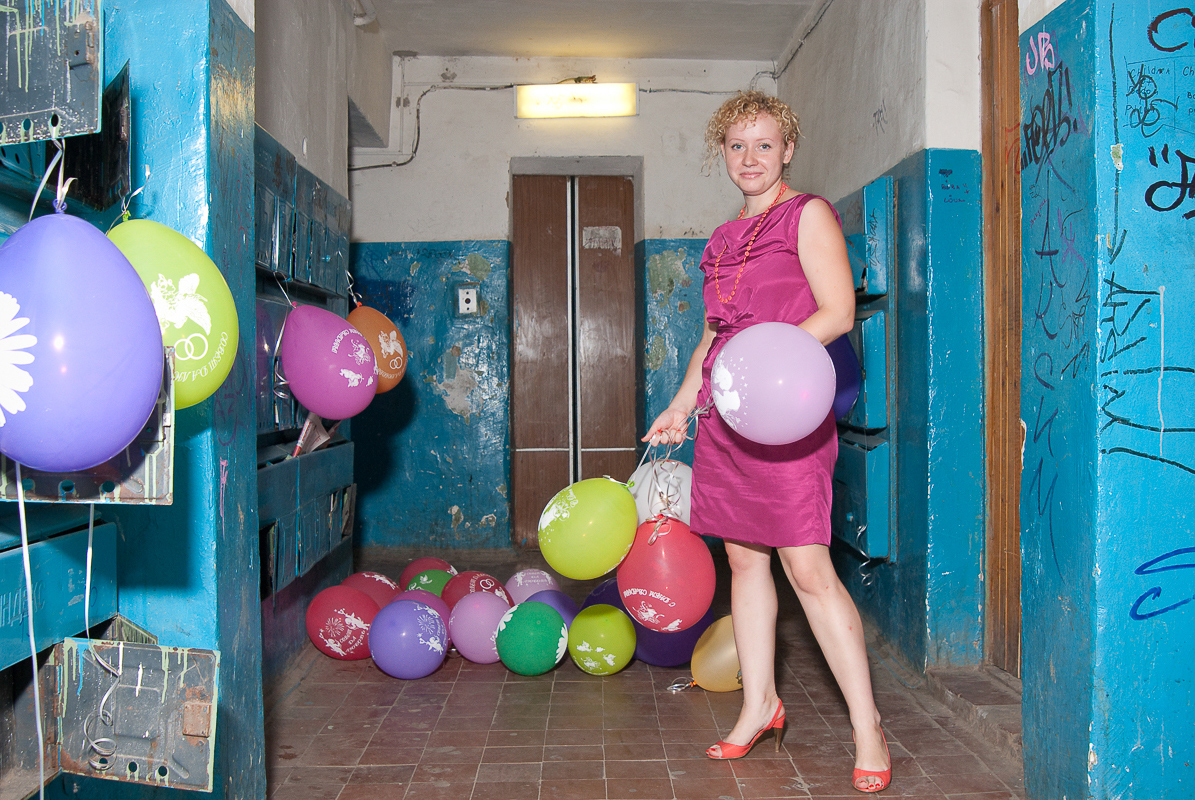
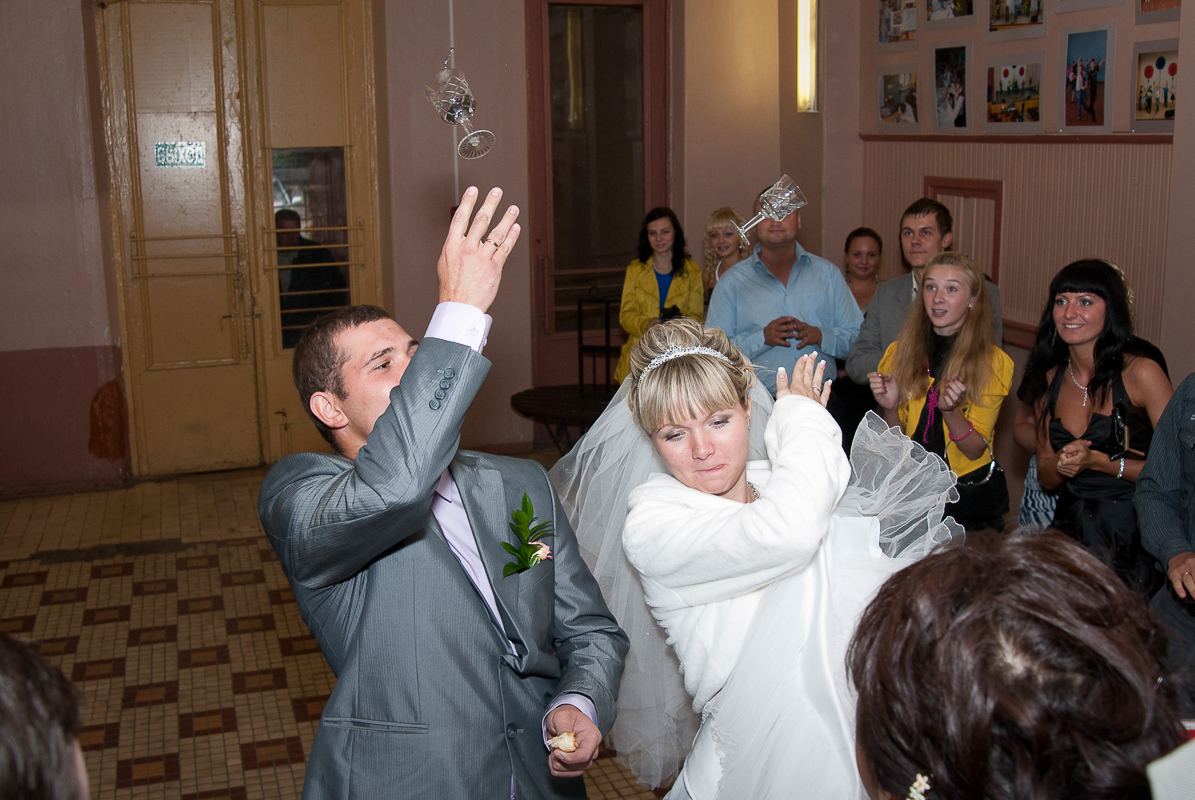


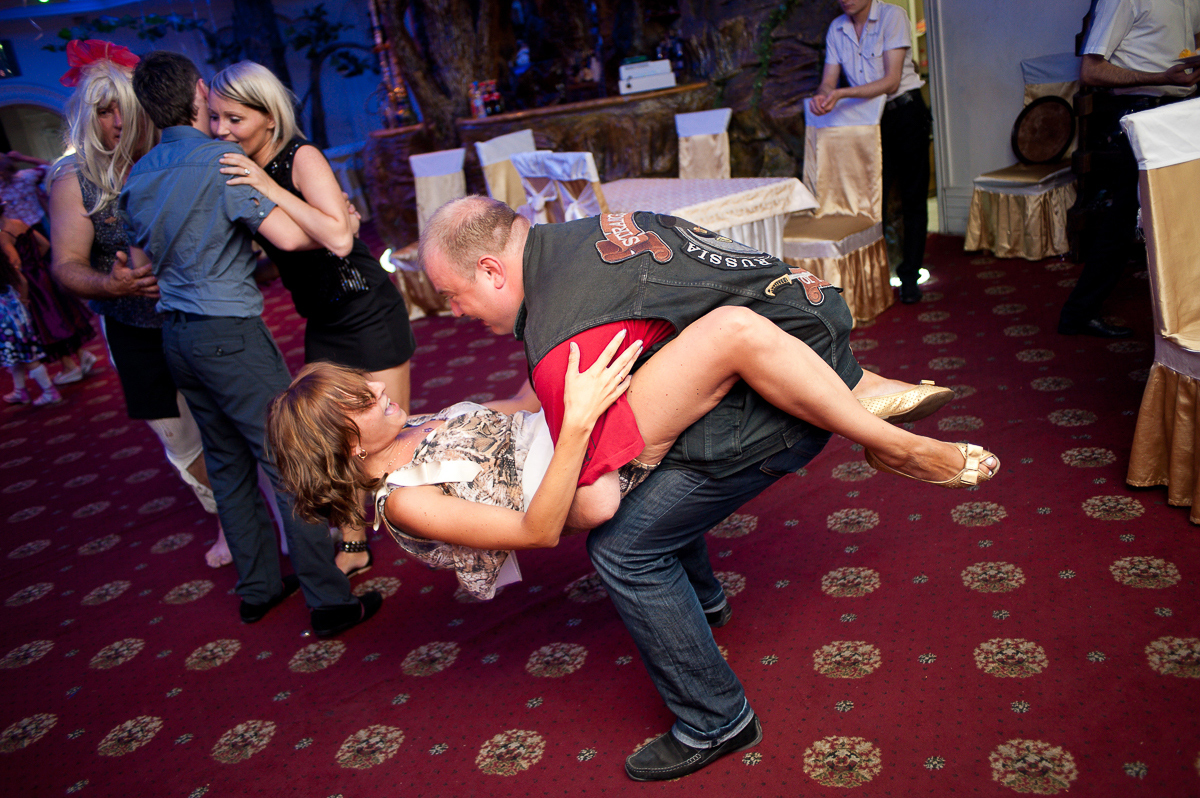
Eventually, the project fleshed out into something. In April 2014, the Moscow Museum of Modern Art held an exhibition called “Hide a Newborn Fire in Your Hand” (quote from the wedding vows), which was entirely composed of wedding photographs and footage taken by Roman Mokrov. According to the author, this exhibition was only a cover for the main video performance which was filmed on its opening day: the artist filmed a wedding that he staged himself (this video performance later received the Sergey Kuryokhin award for the best media object).
“I offered my friend, with whom I have been working at weddings with for many years, to play the groom. We only had to find a suitable bride. We found someone we could talk into it, although it took some time. The funny thing is that after this spontaneous wedding they became a real couple for half a year, with all the corresponding drama to go with it. They had a hard breakup after it all, though,” Roman says.
As an artist, Mokrov, according to his own definition, studies the phenomenon of absurdity of the Russian reality. His wedding photographs show exactly the scenes of the absurd: a couple sticking the tops of their bodies out of the sunroof of a limousine, elaborate dresses in shabby apartment building hallways. At the same time, when Mokrov comments on the project, he avoids speaking directly about the plot in his pictures.
“I am interested in post-Soviet identity. If we think about it, the plots that are common for all our weddings are very consistent with the identity of small towns where many of us were born and grew up,” Roman says. “Weddings, in this case, are not an exception, but a linear continuation of this way of life. They are sort of an escape, especially taking into account the amount of time, money, and expectations related to them.
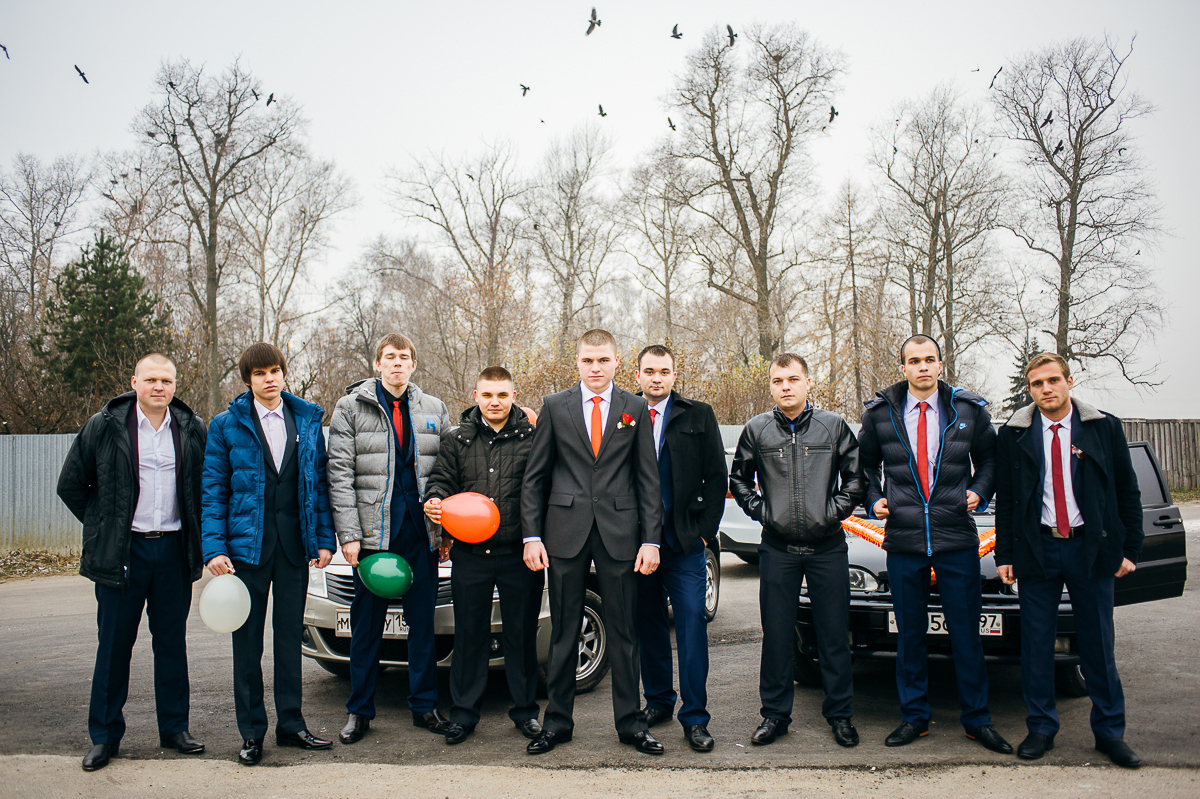
The artist says he is drawn to the lightness and excitement that accompanies the wedding celebrations of most couples: outright romanticism, fun adventures, and simple human pleasures. The best plots unfold right in front of us, but some people prefer not to see them.
“I can’t say that my stories correctly reproduce reality. They are rather paradoxical details in the stream of everyday life,” the author says. “The brides running along their shabby hallways, lifting the bottoms of their expensive dresses. The newlyweds diligently dancing their first spousal dance, stumbling because they are too nervous. The broken asphalt of their home’s yard, with a limousine rented for several hours slowly driving through it. There is something inexplicably touching about it all.
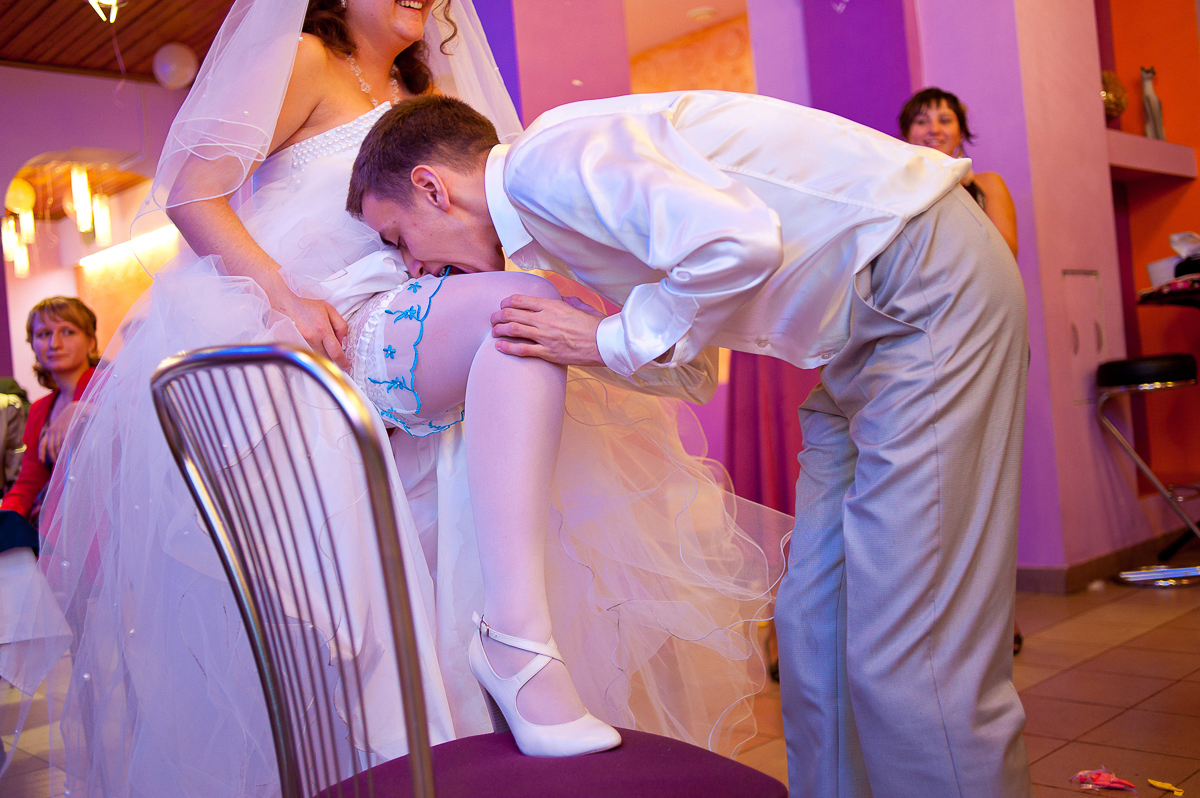
As part of this art project, the author shows not only weddings of other people, but also his own experience. The videos exhibited at “Hide a Newborn Fire in Your Hand” include footage where Mokrov proposes to his wife on a live TV broadcast.
“I realize that I am working within a certain stereotyped frame, and my goal is to escape it as much as possible,” he says. “In all of these photographs, I am present while not being present. I am trying to avoid the role of an observer. I know that I am a participant in this event. There is no other way to do it.”




